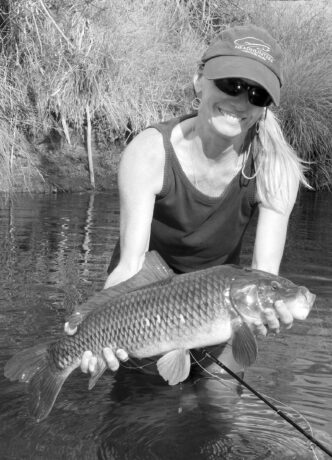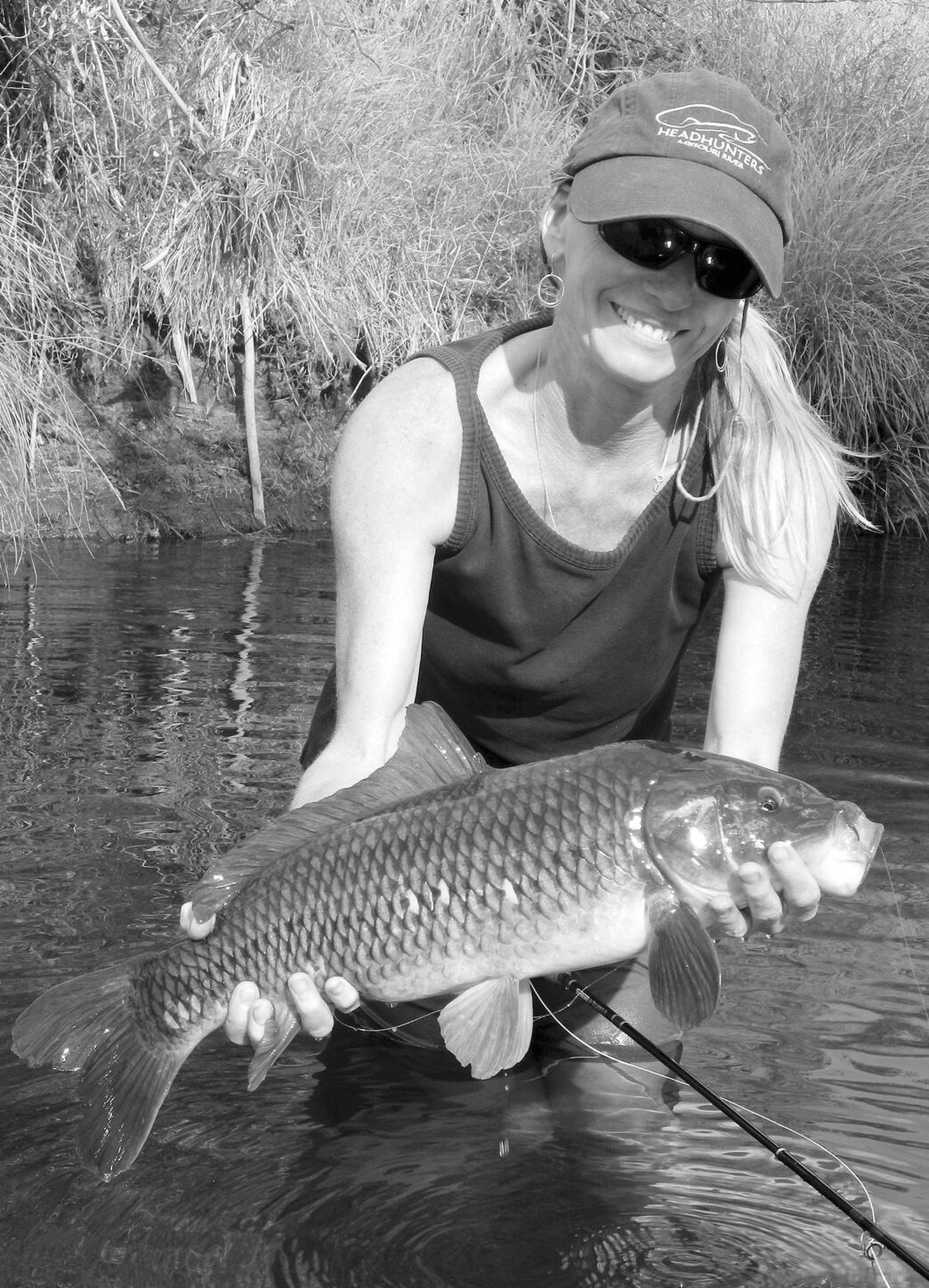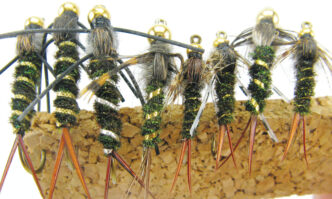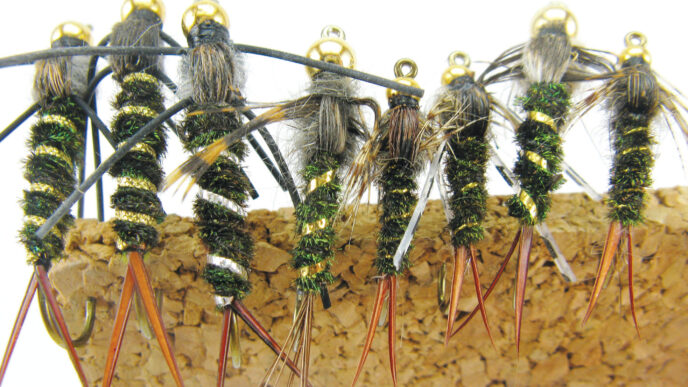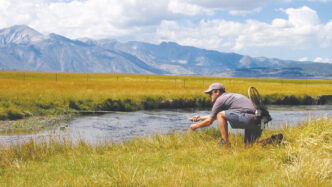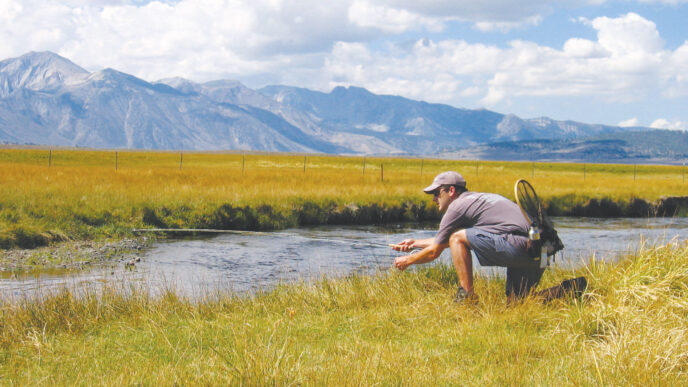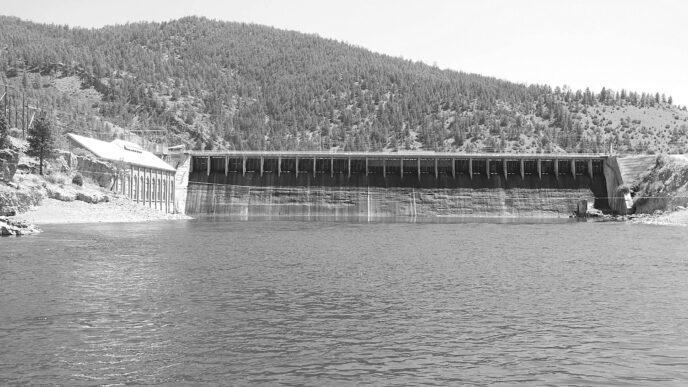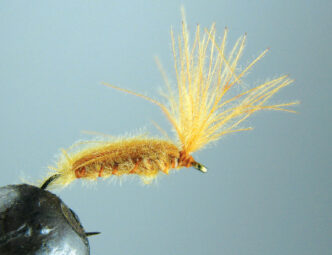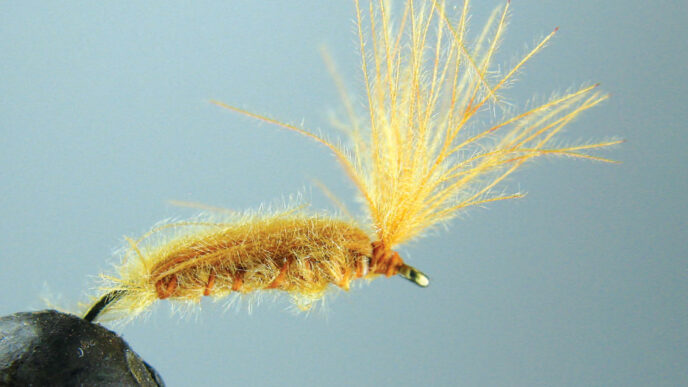Like rats, cockroaches, and members of Congress, carp are a slimy, hearty, and adaptive species. They not only survive, but thrive in the putrid, raw-waste conduit formerly known as the Tijuana River. Carp also fin in the crystal clear waters of Lake Tahoe, as well as in the saline realm of the Delta. From their ancestral home of the Danube River, carp have spread across six of the seven continents and continue to expand their range at the same time that the majority of fish species are in decline. To a carp, the world is its fishbowl.
Common carp arrived in the United States in the form of five fish transported from Germany to a pond in Sonoma in 1872. On the East Coast, the closely related goldfish had been introduced some forty years earlier. The scaly beasts were embraced by society, and in less than eight years, both the California and U.S. Fish Commissions were broadcasting them like rubber-lipped confetti across the land.
With their ability to populate an area rapidly (a single female can deposit upward of two million eggs per year), the negative effects of introduced carp rapidly became apparent. Carp were feasting on the eggs of the more desirable fish species, eating valuable aquatic vegetation, and turning clean water into sludge with their incessant grubbing in the mud. It didn’t take long for the agencies to realize what a mess they had created.
At its best, the meat of the common carp tastes like aquarium water that has sat in the sun for a few weeks. Certain cultures that swoon over live monkey brains and cobra bile believe carp is a delicacy, but its piquancy is lost on the average American soccer mom. And as far back as 1890, it was discovered that carp are difficult to catch in comparison with native game fish, and their sporting value fell under the radar. In a short time, the government agencies were reluctantly forced to accept that carp were accepted neither as game fish nor as food fish, and the carp-stocking program devolved into an expensive and failed carp-eradication effort.
Fast forward a hundred years. Today, carp are still expanding their range, not because of widespread planting efforts, but largely due to river alterations that favor adaptive species over less tolerant natives. For example, dams reduce peak flows and increase minimum flows. Fish biologist Peter Moyle has termed this the “homogenization of rivers.” As rivers become homogenized, so do their fisheries. Carp have become synonymous with homogenized fisheries.
If carp are homogenized, carp anglers are anything but. Nobody seems to agree on what gear, flies, and tactics are the best for tackling carp. Even the guys who run fly shops in the heart of carp country are pretty clear on that. John Arnold, co-owner of Head Hunters Fly Shop on the Missouri River, wrote, “Yesterday I was looking through some of our fly supplier catalogs for 2013. I couldn’t help but notice a few new carp patterns in almost all of them. It’s nice that everyone is producing new and ineffective carp patterns to replace the 2-year-old ones that didn’t work either.”
Over the past several decades, I have tried about every fly ever recommended for tricking carp. They all worked some of the time, all failed most of the time, and only one has ever proven to be somewhat better than the others. Sometimes I catch fish pretty easily and sometimes I can’t even snag one.
Figuring that we were missing out on some key element in successful carp fishing, Lisa and I hired a famous carp flyfishing guide. He took us to some lakes seething with carp. Carp were cruising, tailing in the grass, rooting in the mud, and even rising to the surface. Our guide pulled out his secret “take-no-prisoners” fly box, which turned out to be the mirror image of my own box: buggers, damselflies, snails, crayfish, various nymphs, some dry flies, and cottonwood fluff.
We fished until lunch and never got a bump. (I did manage to catch some channel cats that were mudding alongside the carp.) Our guide was clearly getting frustrated and decided we should go fish a local river.
Same song different verse. He clearly knew the river and put us into lots of carp zones, including a calf-deep backwater where carp literally swam between my legs as I high-sticked them. As the day was coming to a close, he mumbled something under his breath, and I caught enough of it to ask him if he was serious. He grimly nodded his head, “If we really want to catch a carp, we’ll need to put scent on the fly.” We declined the offer, and though we never touched a carp, it was money well spent to find out that even if I wasn’t doing everything right, at least I hadn’t been doing anything wrong, either.
Jeff Currier probably has caught more species of fish on a fly than any other person in history. Of all the fishes he has caught, the lowly carp is right near the top of his list of favorites. Jeff uses a 5-weight rod and trout-sized tippets. He thinks the advantage of being able to make extremely delicate presentations more than makes up for being undergunned in the fight. He uses a general assortment of bugs, but has made a specialty out of tossing grasshopper imitations for carp. He likes to drop the hopper about a foot in front of a cruising fish and wait for the grab. He gets skunked too.
Most people suggest 7-weight or 8-weight rods when fishing for carp. Common carp don’t jump (though grass carp do, but it is highly unlikely you’ll encounter one in California), nor are they streaking fast, like bonefish. However, they are large, powerful fish and tend to break off or break something when given a chance. A stout rod will certainly turn the odds in the angler’s favor, but as Jeff points out, fewer fish are probably hooked on them because of their less delicate presentation.
The best carp fisher I know is famed fish illustrator Joe Tomelleri. Joe lives in Kansas, which is the epicenter of brownlining in America. Joe is the host and producer of the hilarious Carp On! video series, and he knows just about everything there is to know about carp. He fishes an old beater 6-weight rod I gave him almost thirty years ago. Joe uses 10to-12-pound tippets and over the decades has whittled his fly selection to a single fly. A pompom. You could get fancy and actually tie yourself some Glo Bugs, but why bother when you can buy a lifetime’s supply of pompoms at the Ben Franklin or other craft store for less than five bucks and simply spear them with a hook. Joe has caught carp on all colors of pompoms, but feels red is best for common carp and green for grassies. In the interest of science ( Joe is a scientist), he has tried a variety of scents on his pompoms, but never found they made any difference and has long since stopped bothering with them.
Unless the carp are on top eating seeds and bugs, I have switched almost exclusively to Joe’s pompoms. The pompom lands as lightly as a feather and sinks very slowly, so it stays in the zone for an extended time. The pompom also is chewy soft and covers the entire hook. According to competitive European coarse-fish anglers, carp don’t like the taste of metal. The hair-raiser rig (nothing more than a piece of line extended beyond the hook to which the bait is attached) was developed by these tournament anglers to keep carp from tasting the hook. In murky water, the pompom is mooched very slowly in a gentle fall-andrise fashion. In less murky water, your job is to watch the fly like a hawk. I like orange and yellow pompoms because they are more visible than any other colors and “wink out” when a carp wraps its lips around one. The take can be exquisitely delicate, and if you can see the eat, your odds soar. However, “soar” is a relative term when it comes to catching carp.



